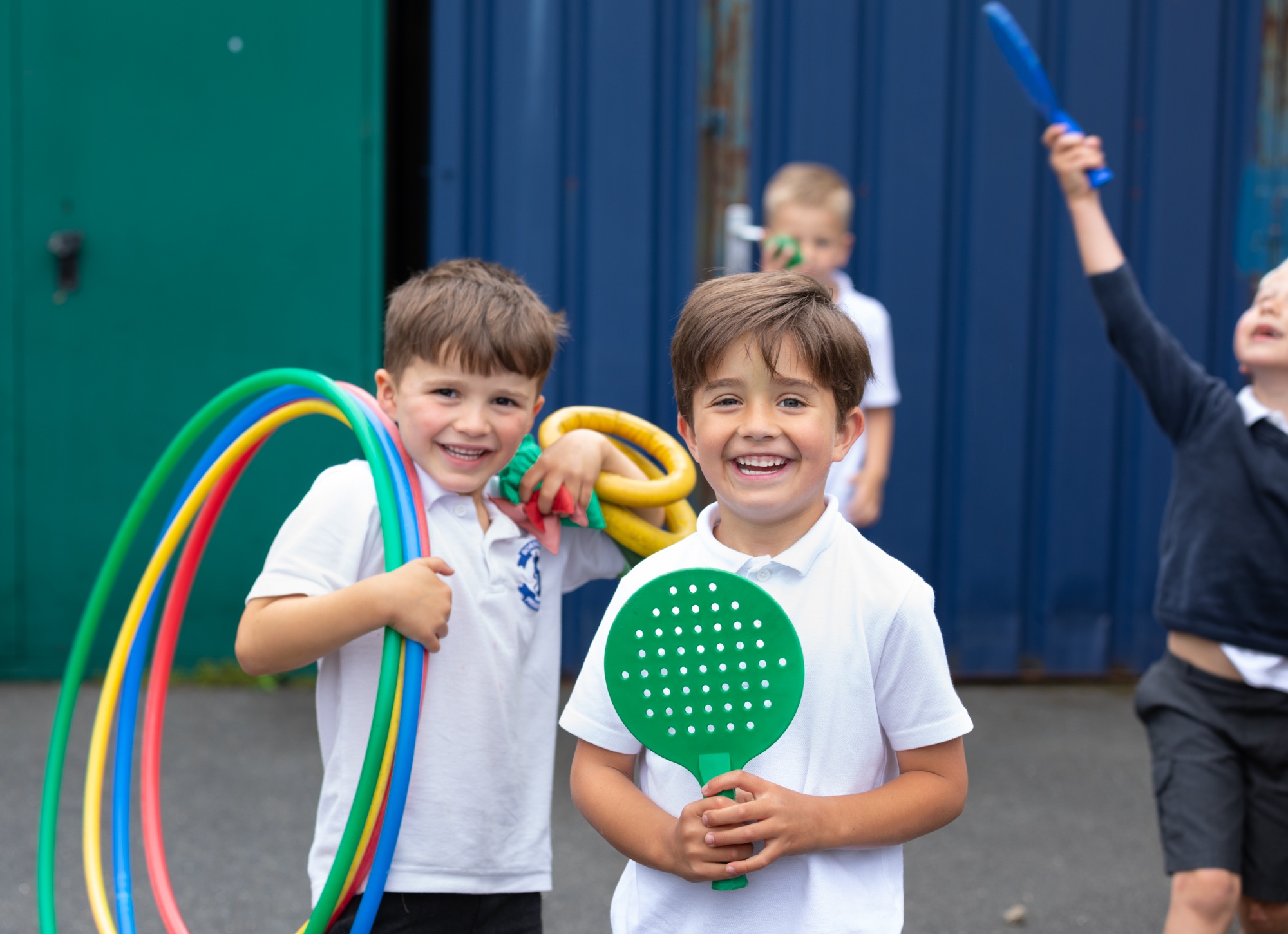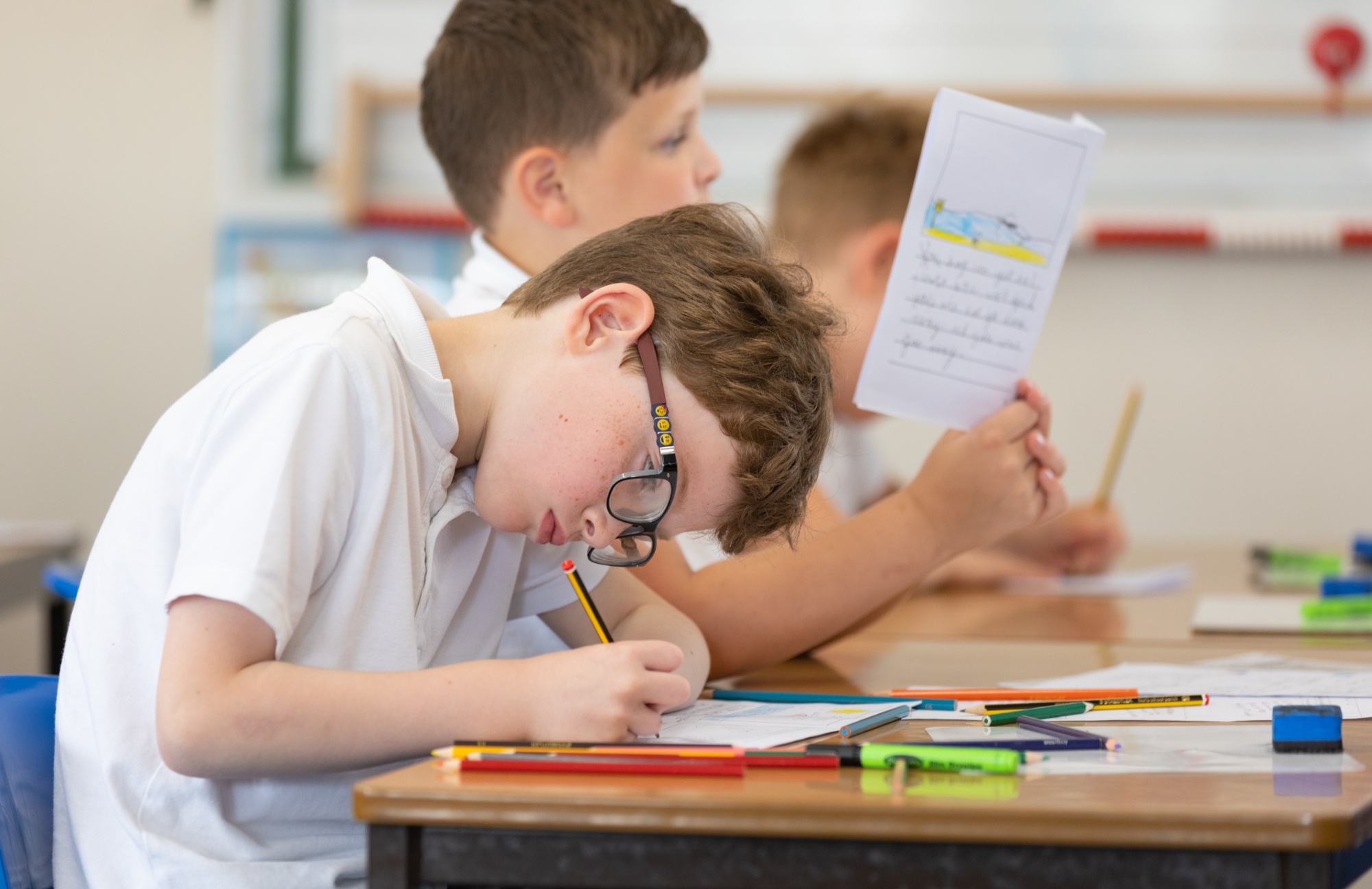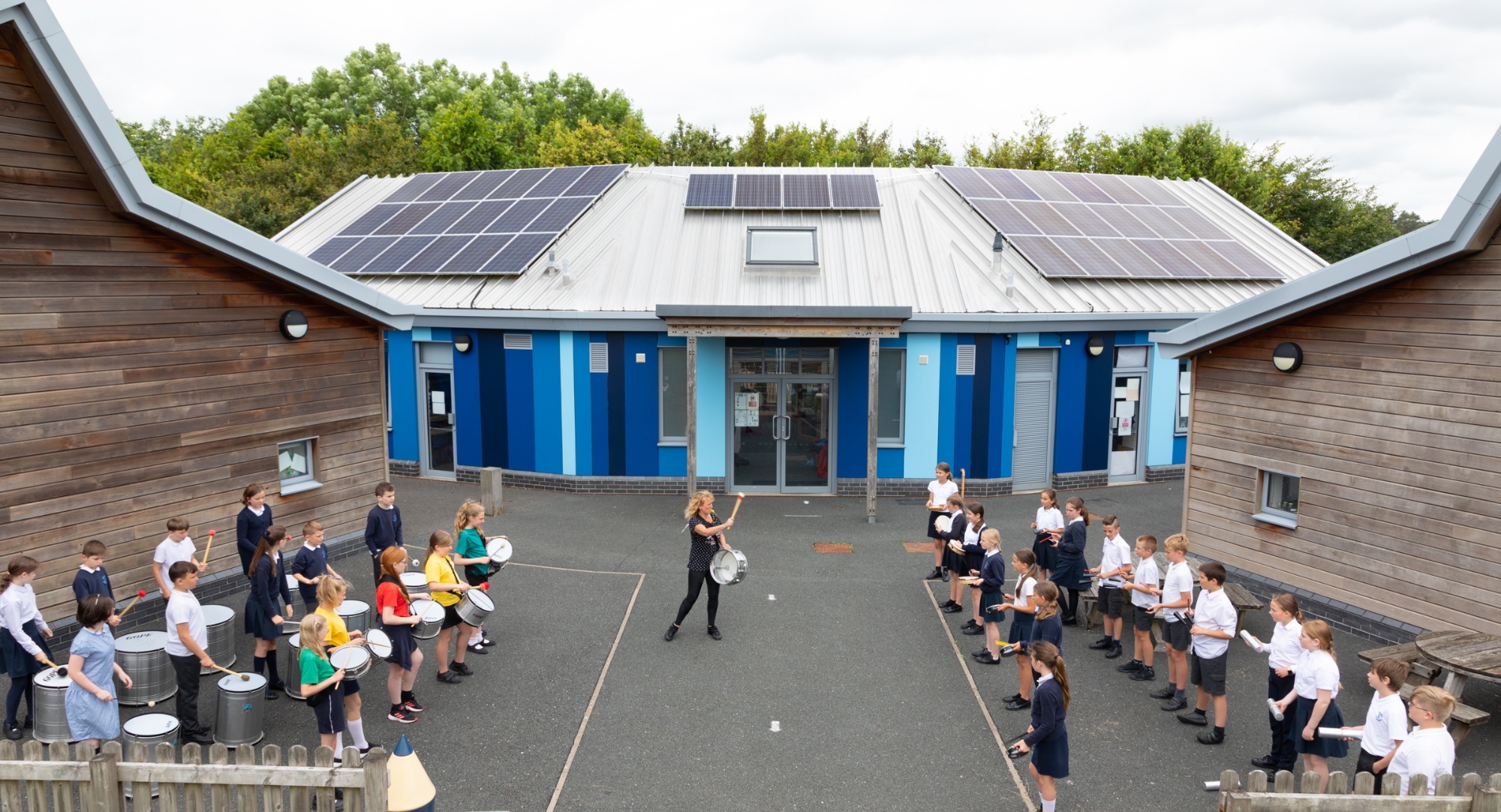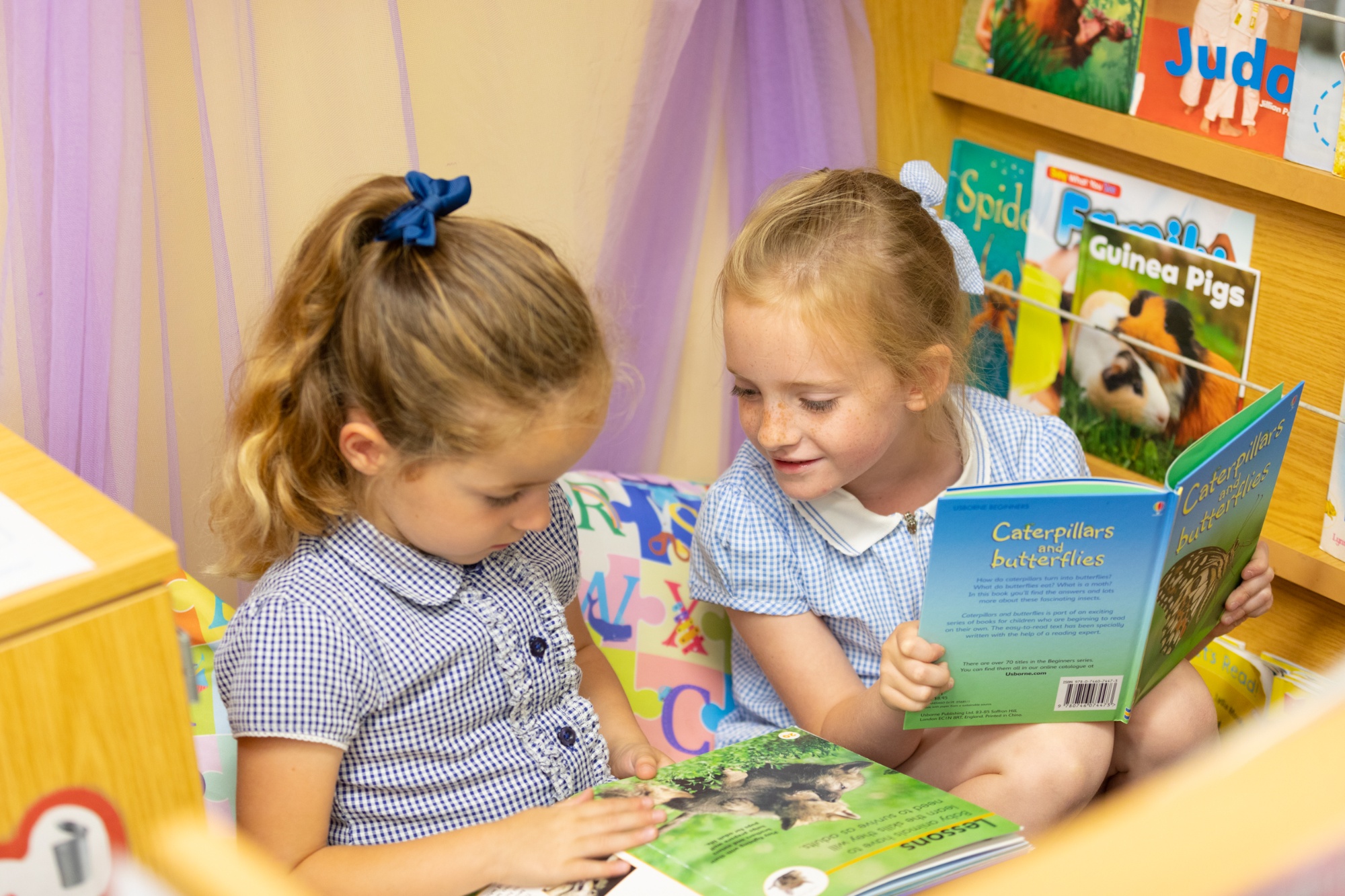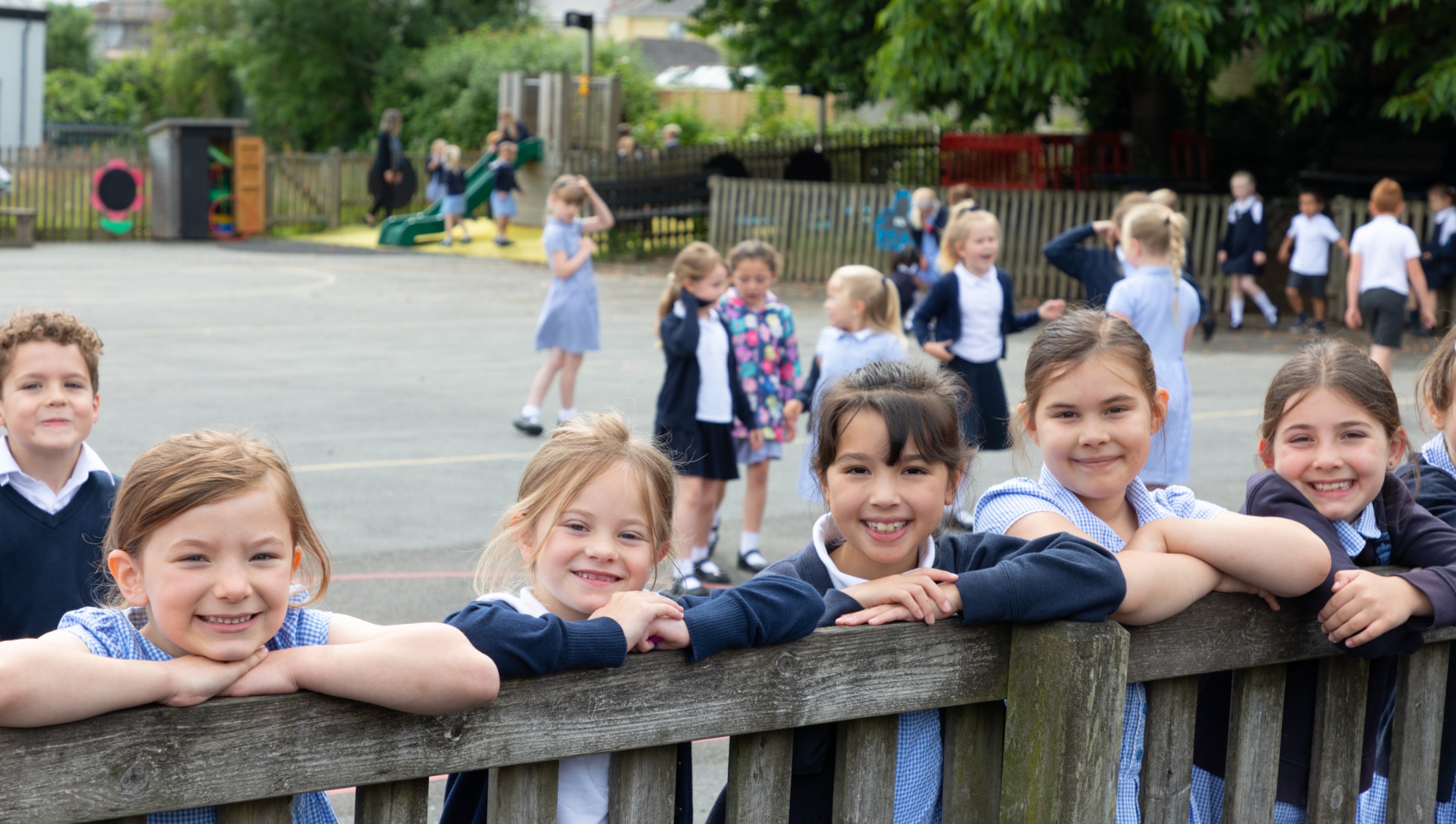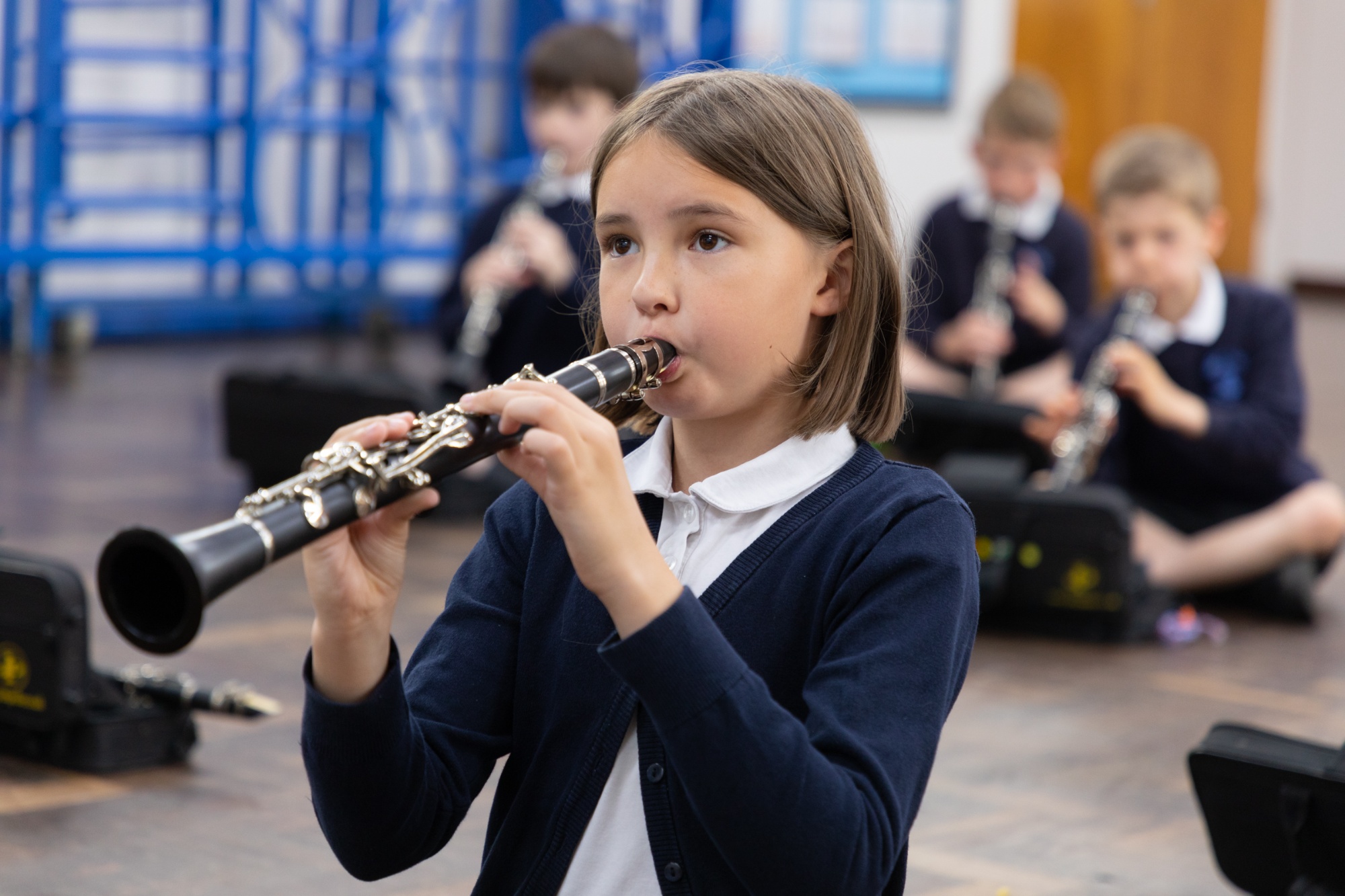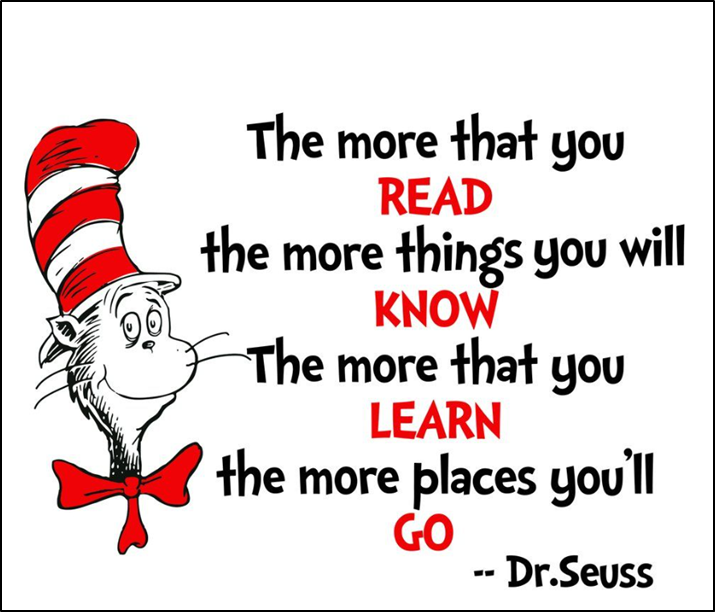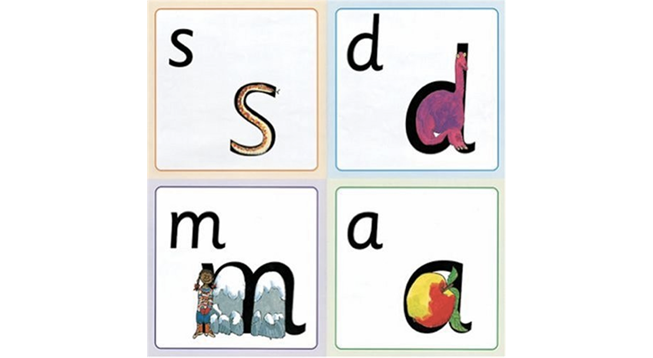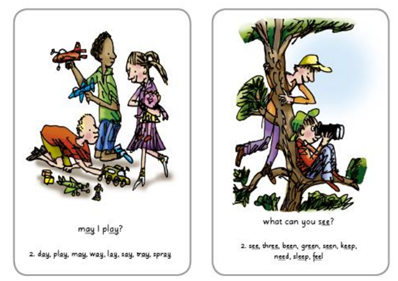Read Write Inc
|
Read Write Inc Phonics at Boringdon Primary School At Boringdon Primary School we aspire for all our children to become fluent, confident readers. Learning to read is the most important thing your child will learn at our school. Everything else depends on it, so we put as much energy as we possibly can into making sure that every single child learns to read as quickly as possible. We want your child to love reading – and to want to read for themselves. |
|
|
|
Reading ten minutes per day can give children a year's extra progress in reading Reading regularly to children opens up so many doors to many magical worlds! More importantly, reading will give your child the tools to become independent life-long learners. We can achieve this together through:
We use Read Write Inc Phonics (RWI) to give your child the best possible start with their literacy. You will find information about how the RWI programme works along with some useful links. |
|
What is Read Write Inc? Read Write Inc (RWI) is a phonics complete literacy programme which helps all children learn to read fluently and at speed so they can focus on developing their skills in comprehension, vocabulary and spelling.
Reading The children:
Writing The children:
Talking The children work in pairs so that they:
How will my child be taught to read? Foundation We start by teaching phonics to the children in the Foundation classes. This means that they learn how to ‘read’ the sounds in words and how those sounds can be written down. This is essential for reading, but it also helps children learn to spell well. We teach the children simple ways of remembering these sounds and letters. We start by teaching them just one way of reading and writing every sound. To help your child remember their sounds, we say that some make a stretchy sound, and some make a bouncy sound. Stretchy sounds are said in one continuous sound, e.g., mmmmmmmmm as in mountain. Bouncy sounds are said with a short sharp gap in between, e.g., d-d-d as in d-d-d dinosaur. The Simple Speed Sounds chart below shows which sounds are stretchy sounds and which sounds are bouncy sounds. |
|
Simple Speeds Sound Chart |
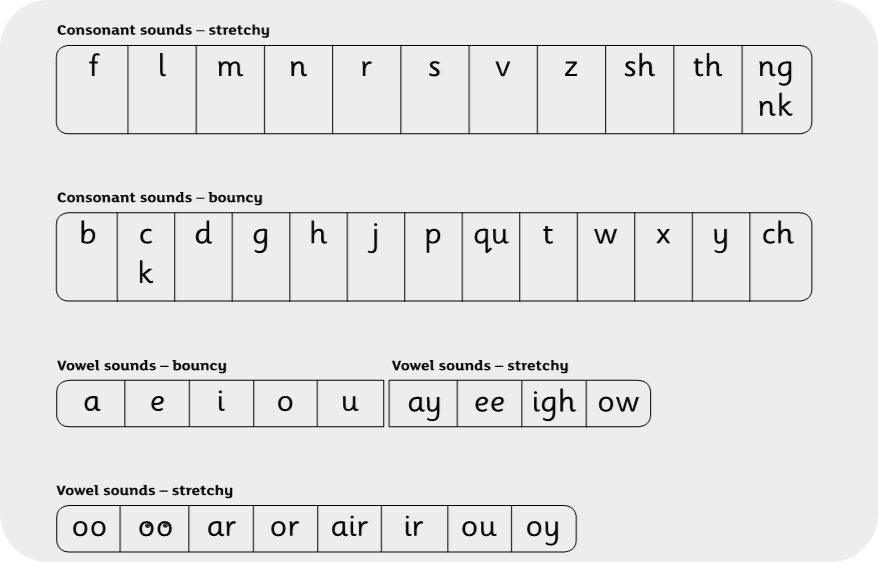 |
|
In Foundation, the children are taught the set 1 sounds. We give children a hook to learn the sounds by using pictures in the same shape as the letter. Whilst the children are learning the Set 1 sounds, they learn a new one each day. |
|
‘s’ looks like a snake. ‘d’ looks like a dinosaur. ‘m’ looks like a mountain. ‘a’ looks like an apple. |
|
We teach the sounds in a way to make them easy to blend into a word. It is important to teach pure sounds and we want to eliminate the ‘uh’ at the end of the sound e.g m, not muh, l, not luh. If you follow this link or scan the code, the video will explain in more detail. https://schools.ruthmiskin.com/training/view/Zn9jQpDH/ud4NrHNr Special Friends These are the sounds written with two or three letters (your child will call these ‘special friends’): sh, ch, ay, igh. Set 1 Sounds are taught in the following order. Alongside learning to read each sound, children use a handwriting phrase linked to the picture mnemonic to learn to form each letter correctly. The rhymes help children to write the letters correctly and instantly recognise sounds ready for blending. Use these handwriting phrases when practising writing at home with your child. |
| The set 1 sounds can be found in the attachment at the bottom of this page. |
|
Each week, we will send home film links to lessons that match the Set 1 sounds your child has been learning in school. Please do not use letter names at this early stage. Click https://www.oxfordowl.co.uk/for-home/reading-owl/find-a-book/read-write-inc-phonics--1/phonics-pure-sounds-video to find out how to pronounce the sounds Fred Talk In school, we have a special frog called Fred. Fred can only say the sounds in a word and needs your child to help him read the word. Fred will say the sounds and children will work out the word. For example, Fred will say the sounds c–a–t, and children will say the word cat. This is Fred Talk: sounding out the word. This is how we quickly teach our children to blend orally. We practise blending orally so children will find word-reading easier. We play lots of Fred games and we will send a QR code to help practice this. Click https://www.youtube.com/watch?v=MNyFikwNQTg to find out more. |
|
Set 2 Sounds The children are then taught Set 2 Sounds - the long vowels. Each sound has a picture and phrase to help your child remember the sound. For example: The sound ‘ay’ has the phrase ‘May I play?’ with a picture of children playing together. The sound ‘ee’ has the phrase ‘What can you see?’ with a picture of two boys. |
|
|
| The set 2 sounds can be found in the attachment at the bottom of this page. |
|
Year One & Year Two Children follow the same format as Foundation but will work on complex sounds and read books appropriate to their reading level. Daily sessions of RWI phonics last for up to 45 minutes. Once children are confident with all set 1 and set 2 sounds they will learn the set 3 sounds. The set 3 sounds can be found in the attachment at the bottom of this page. |
|
Alien words Alien words are ‘nonsense words’ that the children must carefully FRED talk and blend to read the word. Research has shown that incorporating nonsense words into teaching reading can be an effective way to develop blending and segmenting skills. ‘Nonsense words’ are an important part of the Year 1 Phonics Screening Check taken at the end of Year 1.
Green words 'Green' words are phonetically decodable words that the children learn to read. They allow children to become fluent readers because regular reading of these words mean that they become familiar and are able to recognise/read them on sight. They can then use their knowledge of these words to read similar words more quickly.
Red Words Red words are sometimes known as ‘common exception words’ or ‘tricky’ words. These are words that children will need to learn on sight because they contain parts that are not decodable. Spelling with your Fred Fingers Children are taught to use their fingers to help them write words. The children say the word out loud and break it down into individual sounds. If a word has 3 sounds children hold up 3 fingers, 4 sounds 4 fingers etc. Children pinch each finger as they say the sounds needed in the word then they write the letters that represent each sound. When using Fred Fingers each finger represents one sound. When children reach yellow Read Write Inc. storybooks, they will learn to trace the letters onto each finger and say the letter names. My child has difficulty pronouncing some sounds. Will this stop them learning to read through phonics? This isn’t a problem for learning to read as long as we know what sound the child is trying to say. This is not something to worry about. Many children have a few sounds that they can hear clearly but find it difficult to say, particularly the l-sound, r-sound, w-sound, th-sound, s-sound, sh-sound and j-sound. Often they say a t-sound for the c-sound; "tttssh" for the s-sound; "w" for the r-sound and "r" for the l-sound. You can help your child by encouraging him or her to look at your mouth when you say the sound. They can easily learn to read, even if they find one or two sounds difficult to say. Other online resources available Ruth Miskin Parents’ Page: https://www.ruthmiskin.com/parents/ Ruth Miskin Facebook: https://www.facebook.com/miskin.education Free e-books for home reading: http://www.oxfordowl.co.uk/Reading/ Don’t hesitate to contact us if you have any concerns. We are here to help. |

